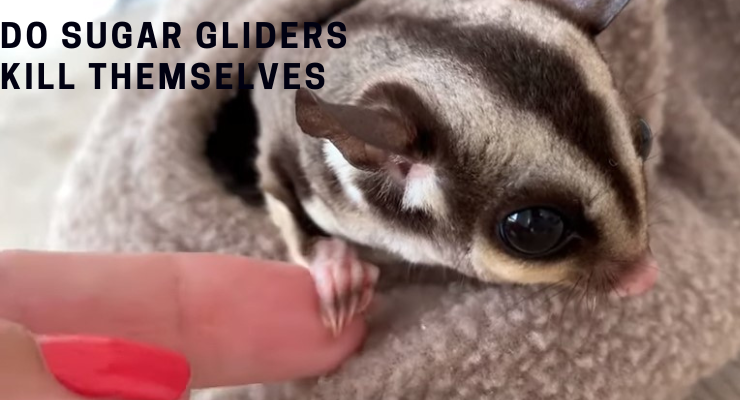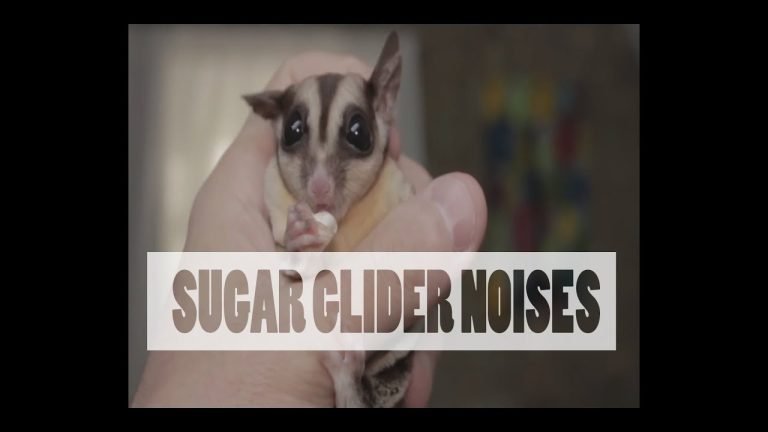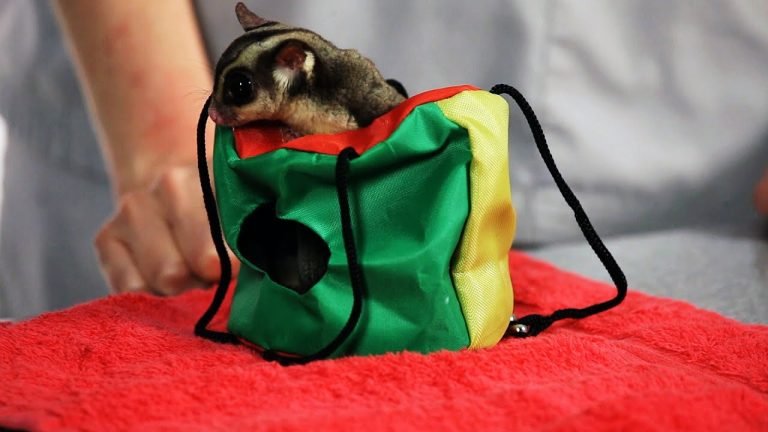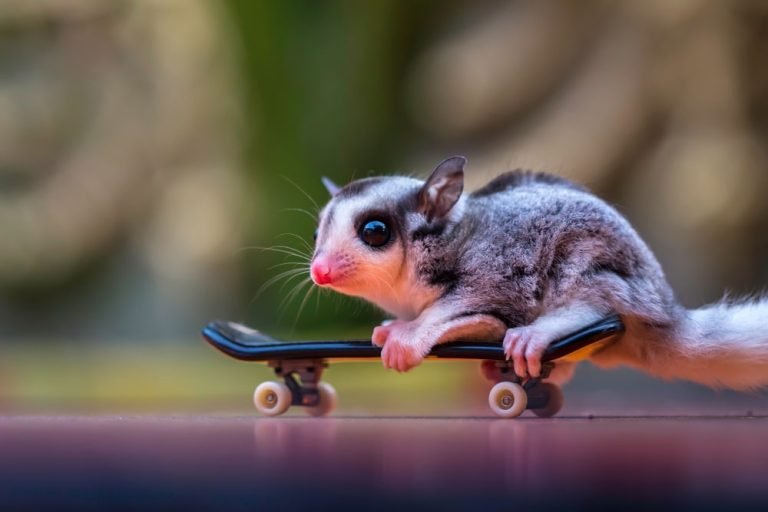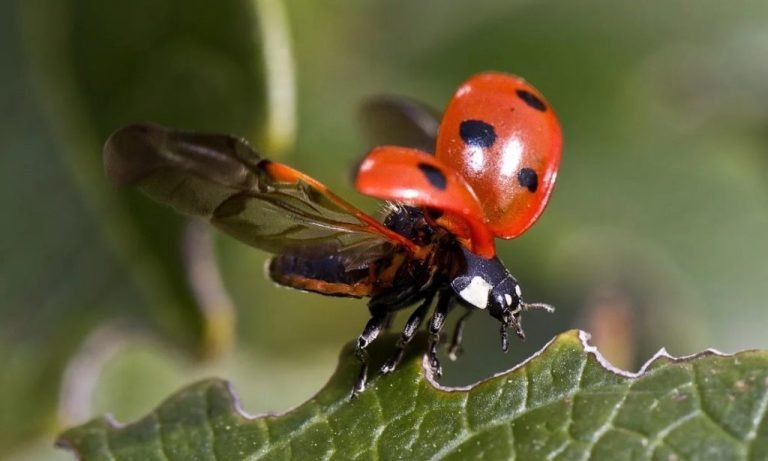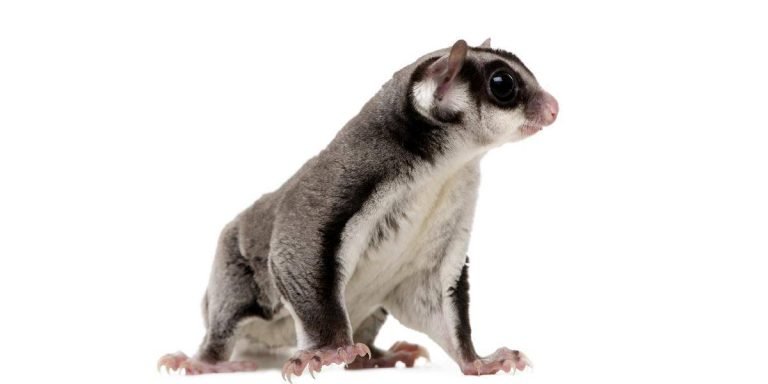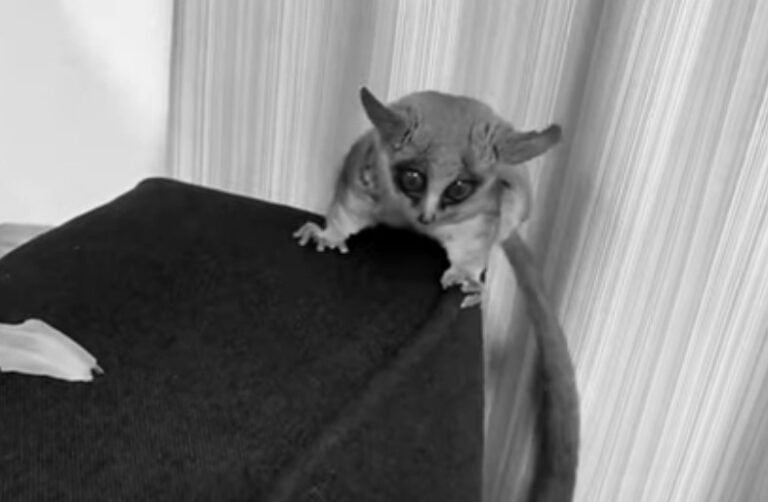Do Sugar Gliders Kill Themselves
Do Sugar Gliders Kill Themselves?
Sugar gliders are adorable and fascinating creatures that have gained popularity as exotic pets. With their fluffy fur, big eyes, and ability to glide through the air, it’s no wonder that many people are drawn to them. However, there is a common concern among potential owners: do sugar gliders kill themselves? In this article, we will explore this question and provide you with the facts about sugar gliders’ behavior and how they are affected by captivity.
Sugar gliders are small marsupials native to Australia, Indonesia, and Papua New Guinea. They belong to the same family as kangaroos and koalas and are known for their sociable nature and ability to glide through the air. In the wild, sugar gliders live in social groups called colonies, where they form strong bonds with their fellow gliders. They are nocturnal animals, meaning they are most active at night.
Understanding Sugar Glider Behavior
To understand whether sugar gliders can harm themselves or potentially engage in self-destructive behavior, we need to examine their natural habits and tendencies. Sugar gliders, by nature, are curious and agile animals. They spend a significant amount of time exploring their environment and foraging for food. In their natural habitat, sugar gliders live on a diet consisting mainly of nectar, tree sap, insects, and fruit.
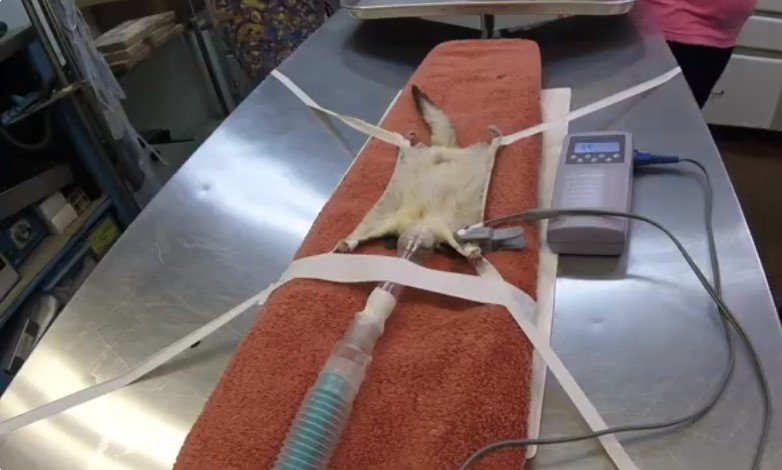
Being highly social animals, sugar gliders rely on the presence of their colony for companionship and emotional support. They groom each other, huddle together for warmth, and engage in play behavior. This strong social bond is crucial to their well-being and mental health.
The Challenges of Captivity
When sugar gliders are kept as pets, they face several challenges that can impact their behavior. One of the most significant challenges is the loss of their natural environment and social structure. In captivity, sugar gliders are often kept alone or in pairs, which is a far cry from the social dynamic they experience in the wild.
Without the presence of a colony, sugar gliders can become stressed, anxious, and even depressed. They may exhibit behaviors such as excessive self-grooming, overeating, or engaging in repetitive movements. These behaviors are often indicative of a lack of stimulation and social interaction.
The Importance of Enrichment
To prevent self-destructive behavior in sugar gliders, it is crucial to provide them with a stimulating and enriching environment. Enrichment refers to the addition of activities, challenges, and diversions that mimic the glider’s natural habitat and provide mental and physical stimulation.
Enrichment can include providing a variety of toys, such as climbing structures, tunnels, and puzzle feeders. It is also essential to provide opportunities for social interaction, either through playtime with a bonded glider or through regular interaction and bonding sessions with their human caregivers.
Signs of Stress and Behavioral Problems
Sugar gliders that are experiencing stress or behavioral problems may exhibit various signs. These signs can include excessive grooming, loss of appetite, aggression, self-mutilation, or even withdrawal from social interaction. If you notice any of these signs in your sugar glider, it is essential to seek guidance from a veterinarian or a qualified exotic pet specialist.
Understanding the Risk Factors
While sugar gliders can experience stress and exhibit self-destructive behavior in captivity, it is crucial to note that not all gliders will display these tendencies. Some sugar gliders adapt well to their captive environment and form strong bonds with their human caregivers.
However, certain factors can increase the risk of self-destructive behavior in sugar gliders. These factors may include:
1. Lack of social interaction – Sugar gliders thrive on social interaction and stimulation. Keeping them alone or in inadequate social setups can lead to stress and potentially self-destructive behavior.
2. Inadequate diet – Sugar gliders require a specialized diet that closely resembles what they would consume in the wild. Feeding them a poor diet lacking in essential nutrients can contribute to physical and emotional issues.
3. Improper housing – Sugar gliders need a large and appropriately designed enclosure that provides ample space for climbing, gliding, and exploring. Inadequate housing can lead to boredom and frustration.
4. Lack of mental stimulation – Sugar gliders are intelligent creatures that benefit from mental stimulation. Enriching their environment with toys, puzzles, and interaction can help prevent behavioral problems.
5. Improper handling – Sugar gliders should be handled gently and with care. Rough or inappropriate handling can cause stress and potentially lead to self-harming behaviors.
Frequently Asked Questions
Q: Are sugar gliders prone to depression?
A: Sugar gliders, like any social creature, can experience depression when kept in isolation or subjected to a stressful environment. It is essential to provide them with proper social interaction and stimulation to prevent depression.
Q: Can sugar gliders die from loneliness?
A: Sugar gliders are highly social animals, and loneliness can have adverse effects on their well-being. Prolonged isolation can lead to stress, depression, and physical health issues that, if left untreated, can be detrimental to their overall health and lifespan.
Final Thoughts
While the idea of sugar gliders harming themselves may sound alarming, it is crucial to understand that providing them with proper care, social interaction, and a stimulating environment can significantly reduce the risk of self-destructive behavior. As responsible pet owners, it is our duty to educate ourselves about the needs of sugar gliders and take the necessary steps to ensure their well-being. By creating a suitable environment that mimics their natural habitat and providing opportunities for social interaction and enrichment, we can help sugar gliders thrive and flourish in captivity.

